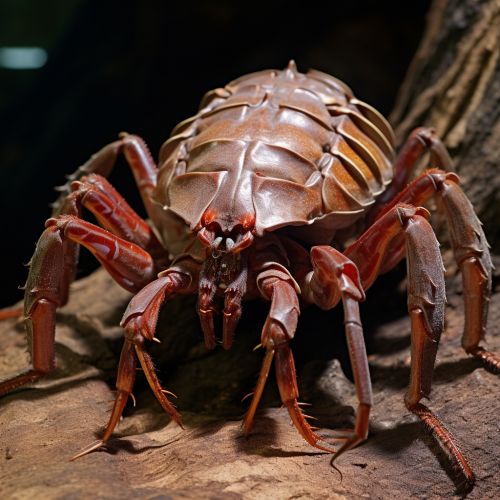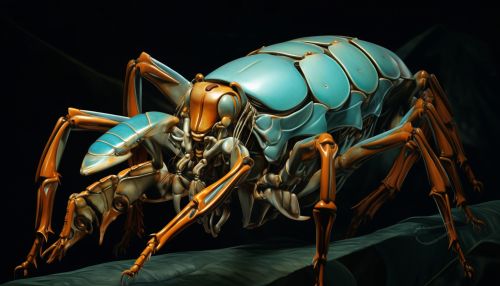Arthropoda
Introduction
The phylum Arthropoda, from the Greek words "arthro" (jointed) and "poda" (foot), is the largest and most diverse group of organisms on Earth, comprising over a million described species and representing more than 80% of all known living animal species. Arthropods are characterized by their jointed limbs and cuticle made of chitin, often mineralised with calcium carbonate. They range in size from microscopic plankton up to forms several meters long.


Classification
Arthropods are classified into four main subgroups: Chelicerata (including spiders and scorpions), Myriapoda (including millipedes and centipedes), Crustacea (including lobsters, crabs, and shrimp), and Hexapoda (including insects and springtails). The most diverse and widespread of these are the insects, which alone account for over a million described species.
Anatomy and Physiology
Arthropods have a segmented body covered by a hard exoskeleton which must be periodically shed and replaced for the animal to grow, a process known as molting. They have a highly developed nervous system, with a brain and a ventral nerve cord, and sensory organs that include compound eyes, antennae, and sensory hairs.
Arthropods also have a highly efficient respiratory system. Insects and myriapods breathe through a network of tiny tubes called trachea, while spiders and scorpions use book lungs, and crustaceans have gills. Most arthropods have an open circulatory system where the blood, or hemolymph, bathes the organs directly.
Reproduction and Development
Most arthropods reproduce sexually, though some species also reproduce asexually. They have complex life cycles with various stages of development, often involving metamorphosis. For example, insects typically undergo either incomplete metamorphosis, where the juvenile form (nymph) gradually transforms into the adult form, or complete metamorphosis, where there is a distinct larval stage followed by a non-feeding pupal stage before the adult form emerges.
Ecology and Behavior
Arthropods occupy virtually every ecological niche on Earth, from the deepest oceans to the highest mountains, and from the polar regions to the tropics. They play crucial roles in ecosystems as pollinators, decomposers, and as part of the food chain. Some species are also known for their complex social behavior, such as ants, bees, and termites.
Human Interaction
Humans have a complex relationship with arthropods. On one hand, insects like bees are vital for pollinating crops, and crustaceans like lobsters are a valuable food source. On the other hand, many arthropods are pests that can damage crops or spread diseases. Understanding and managing our interactions with this diverse group of organisms is a significant challenge in biology and agriculture.
